Several years ago, we saw several premium credit cards roll out what’s become known as a “coupon book” style of feature statement credit opportunities to offset some (if not all) of a premium card’s annual fee. (I want to say Frequent Miler was the first to coin the term publicly, but I could be wrong.)
(Terms apply to American Express benefits and offers. Enrollment may be required for select American Express benefits and offers. Visit americanexpress.com to learn more.)
What Do You Mean By the “Coupon Book” Model?
The “coupon book” term refers to the famous Entertainment Book, which you could purchase for $40. (I believe it’s now an online service.) Inside that book were all sorts of coupons for restaurants, hotels, local amusements, and other merchants. You can easily make back your coupon book purchase and then some—if you remember to use your coupons.
As premium credit cards increase annual fees every couple of years, they usually team up with businesses to offer various statement credits for purchases made on those cards.
For example, both the The Platinum Card® from American Express and The Business Platinum Card® from American Express feature $695 annual fees. (See Rates and Fees for the Amex Platinum. See Rates and Fees for the Amex Business Platinum.) But each offer card members up to $199 yearly in statement credits for CLEAR Plus membership purchases.
Amex is the most coupon book-y of the major credit card companies. Capital One and Chase also have some statement credit features but aren’t quite as merchant-focused.
The coupon book model can be annoying. It’s almost like they make it challenging for you to earn back the statement credits. you might say. Not only that, but you spend way more than you originally planned.
And that’s the point. Credit card companies literally bank on people shelling out annual fees and not taking advantage of their statement credits. Or using their statement credits and spending above and beyond whatever the minimum required purchase amount.
But on the same token, the coupon book model isn’t quite the demon for some people as it is for others.
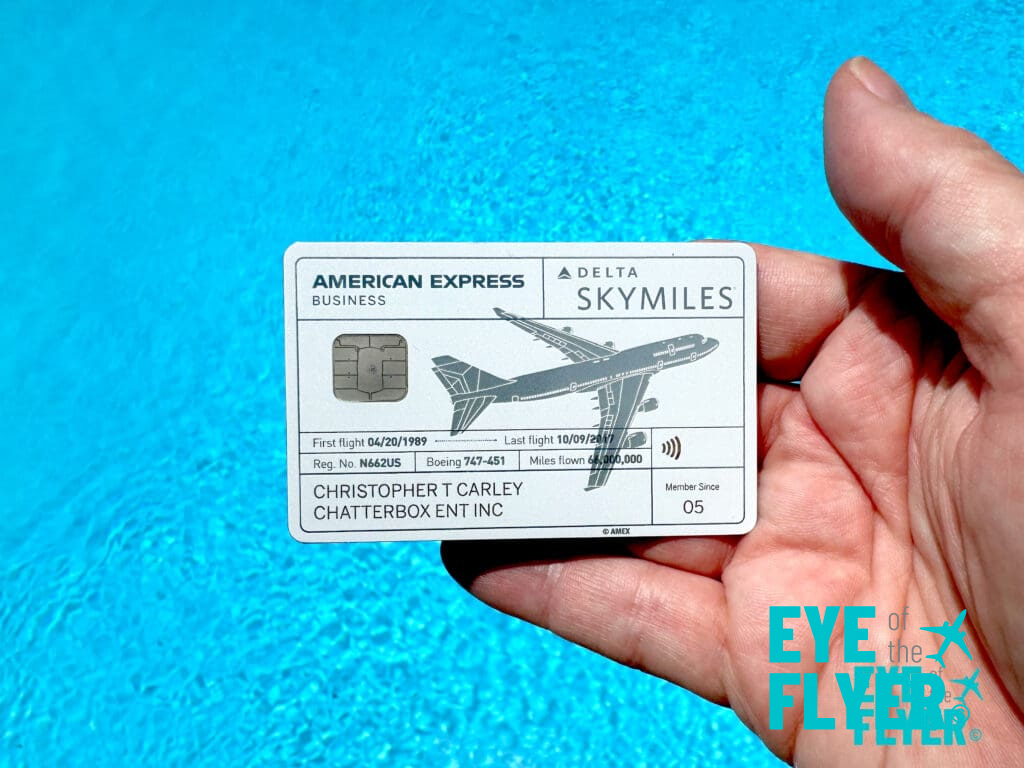
Cons of the Coupon Book Model
Let’s address some problems with the “coupon book” style of statement credits. We’ll use a handful of card features as examples.
Regional Restrictions
Resy is one of Amex’s more recent merchant crushes. It is an online restaurant reservation platform similar to Open Table. Members can also pay their tabs through the Resy app.
Five Amex cards feature Resy statement credits:
- American Express® Gold Card: Earn up to $50 in statement credits semi-annually (January through June, then July through December) for eligible U.S. Resy restaurant purchases.
- Delta SkyMiles® Reserve American Express Card: Earn up to $20 each month for eligible U.S. Resy restaurant purchases.
- Delta SkyMiles® Reserve Business American Express Card: Earn up to $20 each month for eligible U.S. Resy restaurant purchases.
- Delta SkyMiles® Platinum American Express Card: Earn up to $10 each month for eligible U.S. Resy restaurant purchases.
- Delta SkyMiles® Platinum Business American Express Card: Earn up to $10 each month for eligible U.S. Resy restaurant purchases.
I live in Los Angeles. So, there should be tons of restaurants that participate in Resy, right? Like, I should be able to walk around the corner and have my pick of Resy restaurants. Right?
Well, not exactly.
In my part of town, there’s one Resy restaurant within a ten-minute drive. If I go 20 or so minutes out, I can find a few others.
Again, I live in a city whose footprint is huge enough to fit Manhattan(!), Boston, Cleveland, Pittsburgh, St. Louis, Minneapolis, and Milwaukee. (And that’s just the city, which amounts to about 1/10 of the county.)
I know people who live in places where the nearest Resy restaurant is 240 miles away. So, those statement credits do nothing for them (unless they use the Resy credits when they travel to major cities).
Likewise, I noted in my post about the Amex Gold refresh that earning up to $7 in statement credit each month for eligible purchases at U.S. Dunkin’ locations is fairly worthless to me. There simply aren’t a lot of Dunkin’ stores on the West Coast, but they seem to be everywhere in the Eastern U.S.
Returning to our CLEAR example: while the service is expanding to more airports, it’s still only in major cities. So, again, that credit isn’t as helpful to some as it is to others.
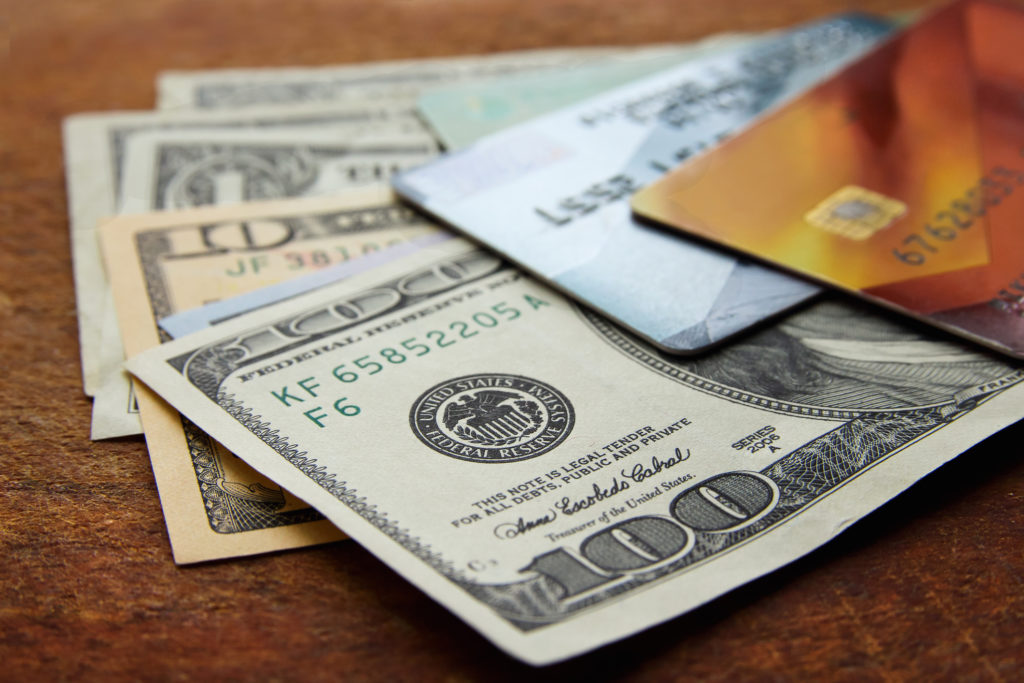
Spending Above and Beyond
Let’s go back to the Resy statement credits. Most Resy restaurants aren’t on the cheaper side. If you have a $10 Resy credit and don’t want to spend anything north of that, plan on enjoying just an appetizer. Or perhaps stop in for one cocktail — but don’t buy the top-shelf stuff. But if you want to enjoy an entree and a beverage, you’ll spend more than your Resy credit. (The Amex Gold Card‘s semi-annual $50 Resy credit could be the exception.)
You’ll still enjoy some savings after the statement credit kicks in. But would you go to that restaurant if you didn’t “have to” use the statement credit? Would you spend less eating elsewhere?

Stressing Out Over Earning Back Your “Loan”
To a degree, I feel paying a card’s annual fee and then trying to earn it back is like a loan. You’re giving Amex a set amount of money — and hoping to earn back that figure plus a little extra.
Life moves fast. It’s easy to forget all about those credits and end up “wasting” them.
Or maybe you don’t have a practical use for the statement credits.
Amex Business Platinum members can earn up to $400 in statement credits each year for eligible purchases made through Dell Technologies. But that become more difficult to use in the past few years. It was great when Dell sold televisions. Alas, they don’t anymore. (I still manage to find something I actually need every six months, whether it be computer hardware, camera accessories, audio hardware, etc.)
People constantly complain about the Amex Platinum Card‘s Saks Fifth Avenue benefit. Cardmembers may earn up to $100 in annual statement credit for eligible purchases at Saks (up to $50 semi-annually). Just because Saks sells jeans, handbags, and pants for insane prices doesn’t mean you must buy those products. They sell plenty of other items for $50 or less.)
I don’t use Uber or Lyft each month, so the $10 rideshare statement credits on my Delta Business Reserve Amex, Delta Platinum Amex, and my wife’s Delta Reserve Amex often go to waste.
Pros of the Coupon Book Model
However, there are a few helpful ways that the coupon book model is beneficial.
Get Me to Try New Things
Here’s something positive I will say about the Resy credit. And it’s something I also like about InKind. Even though their restaurant footprints aren’t large, the statement credits give me a good reason to leave the house and explore some restaurants I might not otherwise try.
Even if it means I have to go a little out of my way, it’s an opportunity for my wife and me to have a date night and try a new restaurant.
Saves Money on Expenses
Let’s face it: you have to eat. There are times when my wife and I don’t feel like cooking. Or I’m stuck in my home office working on a client’s project or writing. That’s when the Amex Gold Card‘s monthly food credits are handy. (Cardmembers can earn up to $10 in monthly statement credits for eligible purchases made at Grubhub, The Cheesecake Factory, Goldbelly, Wine.com, and Five Guys.)
We usually order GrubHub or use the monthly $10 Uber Cash deposits to offset some of the meal costs. (Amex Gold Card members can enjoy up to $120 in Uber savings on rides or eats orders in the U.S. annually, distributed as $10 monthly. Uber Cash is available to the primary cardholder only. Enrollment is required. Terms apply. Uber Cash deposits are made monthly and expire if not used. To receive this benefit, you must have downloaded the latest version of the Uber App. An Amex Card must be selected as the payment method for your Uber or Uber Eats transaction to redeem the Amex Uber Cash benefit. The Amex benefit may only be used in the United States.)
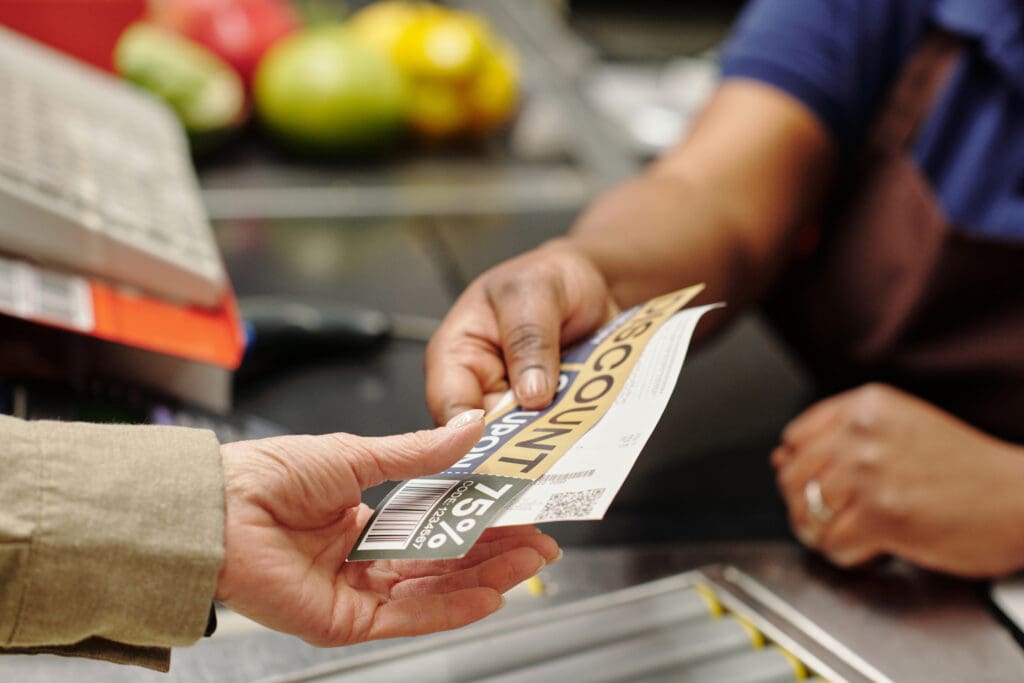
Final Approach
American Express is a big practitioner of the “coupon book” model: members can earn back a card’s annual fee (and then some) using various statement credit offers.
It can be a somewhat onerous process — or it can be fun.
What do you think about the “coupon book” approach? Please share your thoughts in the below Comments section!
For rates and fees of The Platinum Card® from American Express, please visit this link.
For rates and fees of The Business Platinum Card® from American Express, please visit this link.
For rates and fees of the American Express® Gold Card, please visit this link.
For rates and fees of the Delta SkyMiles® Reserve American Express Card, please visit this link.
For rates and fees of the Delta SkyMiles® Reserve Business American Express Card, please visit this link.
For rates and fees of the Delta SkyMiles® Platinum American Express Card, please visit this link.
For rates and fees of Delta SkyMiles® Business Platinum American Express Card, please visit this link.
Responses are not provided or commissioned by the bank advertiser. Responses have not been reviewed, approved or otherwise endorsed by the bank advertiser. It is not the bank advertiser's responsibility to ensure all posts and/or questions are answered.



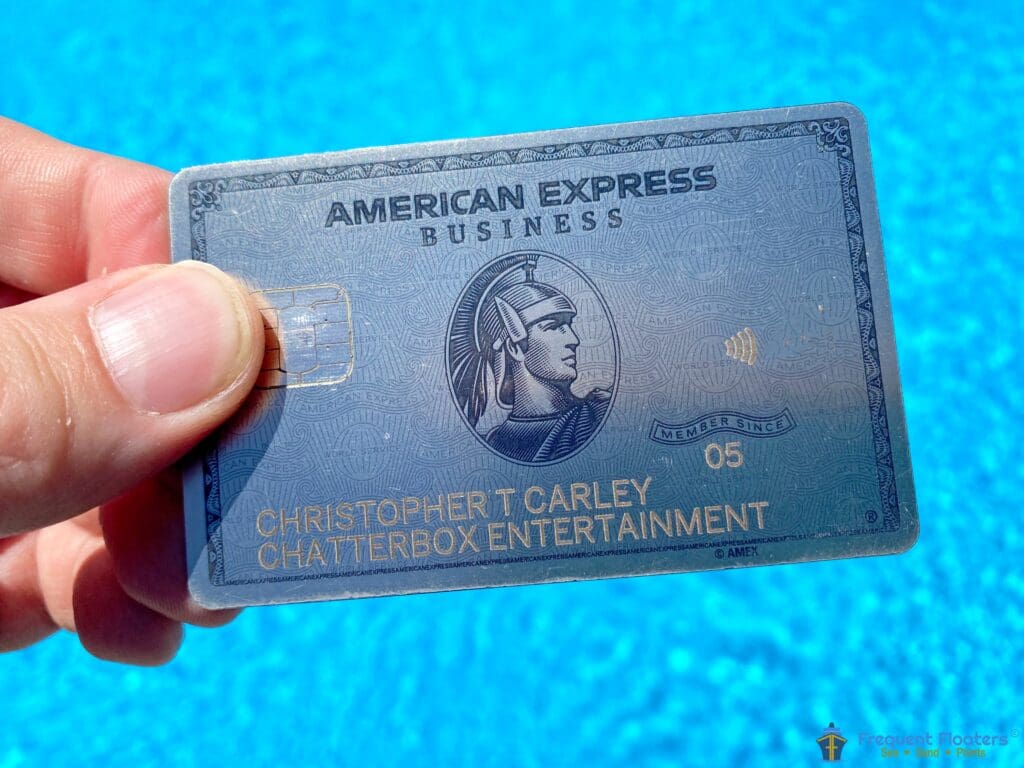

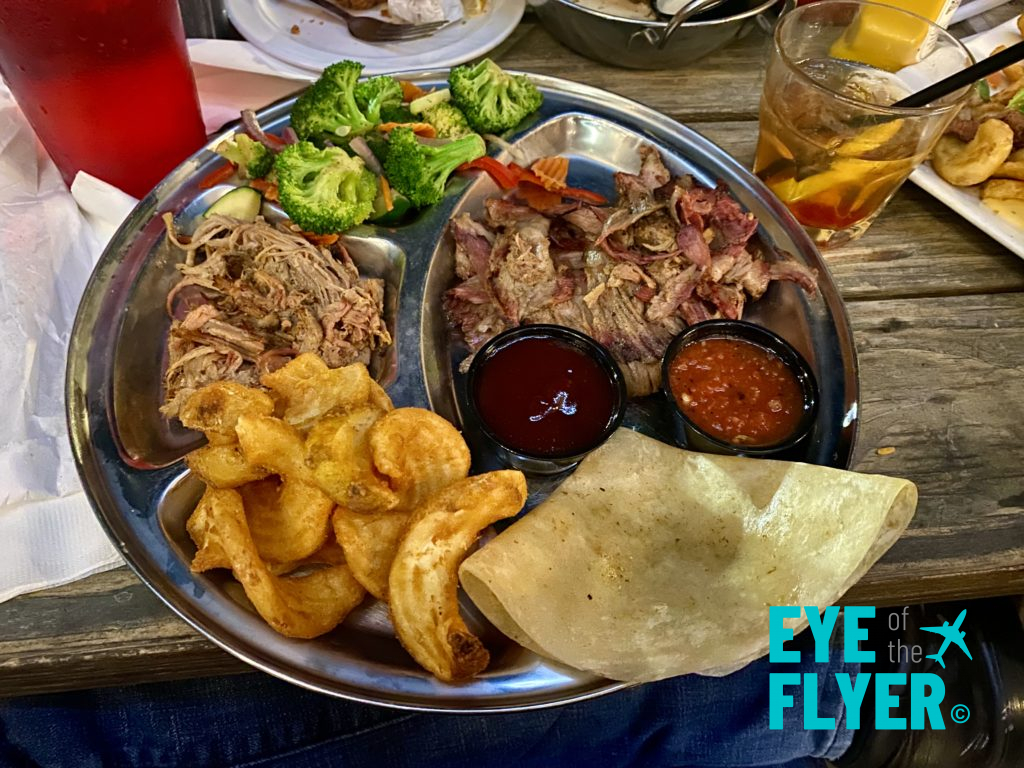








I agree I can’t take advantage of many offers because I live in a small town. And it’s exhausting trying to earn your fees back. On the other hand, the idea of a $600 or $700 per year card keeps a lot of people out of the game (and thus out of lounges.) So that’s a win.
It’s exhausting chasing these credits. Many have suggested folks in smaller areas save up the credits (i.e. load $7/mo for Dunkin’), but do we really want to have to focus trips around these places? I’ll admit I’ve done that many times, including yesterday when a friend wanted to stop for a bite before a conference. Ooh, Cheesecake Factory sounds great since it’s the first day of a new month! Lol
I’ll also add Citi to the nuisance list with the $10 GH credit based upon billing cycle, not monthly. Since my statement closes on a different date each month, I’ve missed this a couple of times. It also takes several days for the transaction to fully clear/post (unlike AX), so it’s better to do it towards the beginning. But again, gotta make sure the prior cycle has closed! This is exactly the sort of breakage that they want. And then I end up not enjoying the takeout that I’ve priced as close to $10 as possible, because it’s a chore.
If you have multiple cards, you can often split the bill to 2 or 3 cards to take advantage of the Resy credit in one stop, IF there is a Resy restaurant close by. First time I came across Resy was in Provincetown, MA where it was the dominant reservation service. Been hard pressed to find any locations near me since.
Have you ever looked at the price on Uber Eats or GrubHub? Not only are they taking a massive cut from the local restaurant, but they are more than likely charging more for the same menu item than the restaurant actually sells it for. When you factor this in, I’ve found that routinely the “credit” I have on the card frequently fails to make up for the difference. I noticed this from a pizza place I like to order from. I was ordering from them regularly, using Uber Eats and GrubHub depending on which credit I had available, and when I would go in, they would tell me that I’m paying more for the same thing. I told them I had a credit and that’s why, but I decided to check it out one time. So I called in my own pick up order. Sure enough, on a single specialty pizza, I was paying something like $7 more through the apps after including the extra tax. So my credit was really only ~$3, and that was often taken up with the extra tip required for the extra cost on the pizza when delivered. So really, there was minimal to no benefit for me. Furthermore, it kills local restaurants, many of whom operate on slim margins to begin with.
I now try to share my own experience with anyone who will listen, as I think UberEats and GrubHub and the like are just scummy middlemen who mark up the price in intentionally deceitful ways.